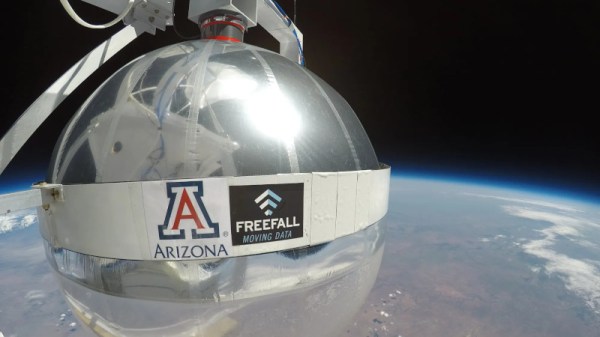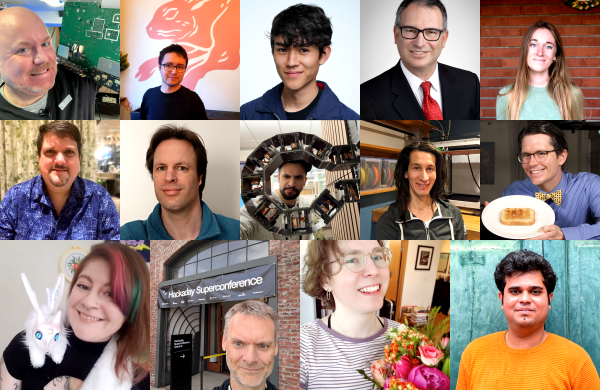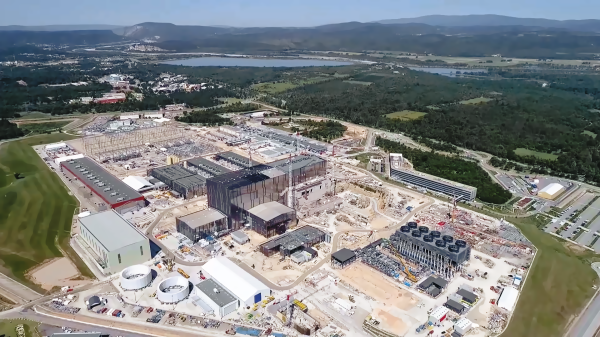The Apple II was launched in 1977, a full 47 years ago. The Apple IIe came out six years later, with a higher level of integration and a raft of new useful features. Apple eventually ended production of the whole Apple II line in 1993, but that wasn’t the end. People like [James Lewis] are still riffing on the platform to this day. Even better, he came to Supercon 2023 to tell us all about his efforts!
[James]’s talk covers the construction of the Mega IIe, a portable machine of his own design. As the name suggests, the project was based on the Mega II chip, an ASIC for which he had little documentation. He wasn’t about to let a little detail like that stop him, though.
The journey of building the Mega IIe wasn’t supposed to be long or arduous; the initial plan was to “just wire this chip up” as [James] puts it. Things are rarely so simple, but he persevered nonetheless—and learned all about the Apple II architecture along the way.
Continue reading “Supercon 2023: Building The Ultimate Apple IIe, Decades Later”



















